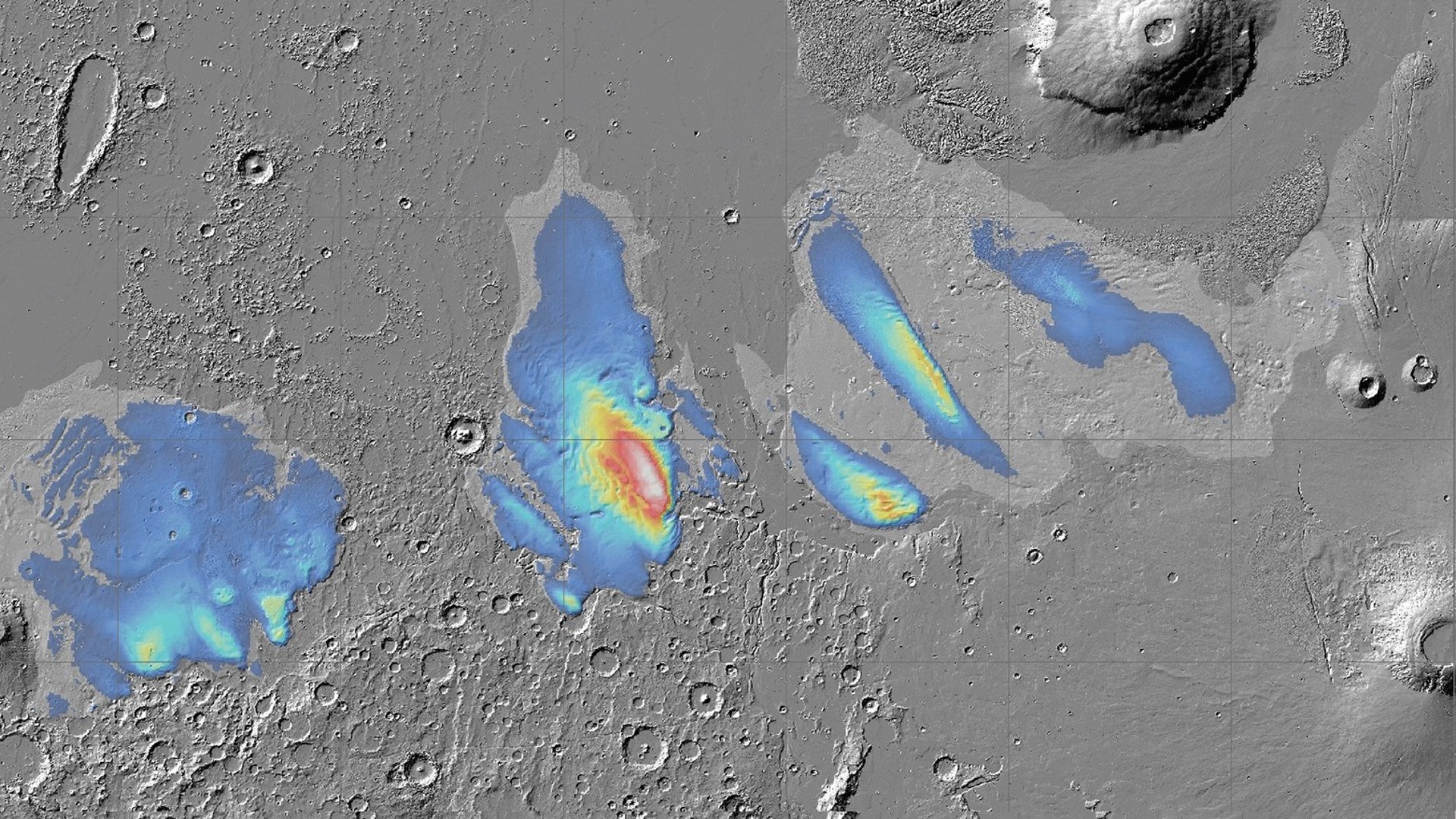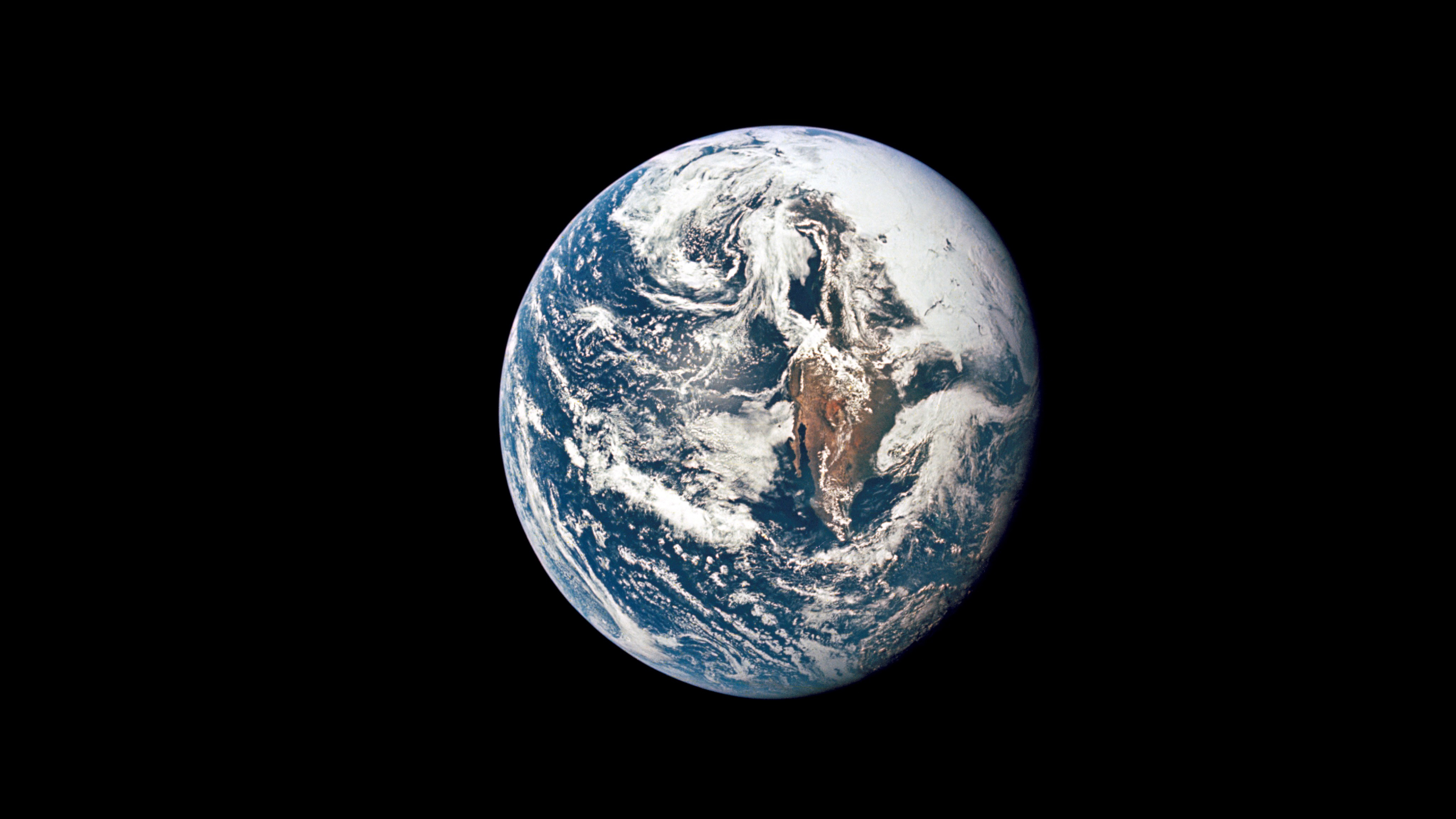
Keith Cooper
Keith Cooper is a freelance science journalist and editor in the United Kingdom, and has a degree in physics and astrophysics from the University of Manchester. He's the author of "The Contact Paradox: Challenging Our Assumptions in the Search for Extraterrestrial Intelligence" (Bloomsbury Sigma, 2020) and has written articles on astronomy, space, physics and astrobiology for a multitude of magazines and websites.
Latest articles by Keith Cooper
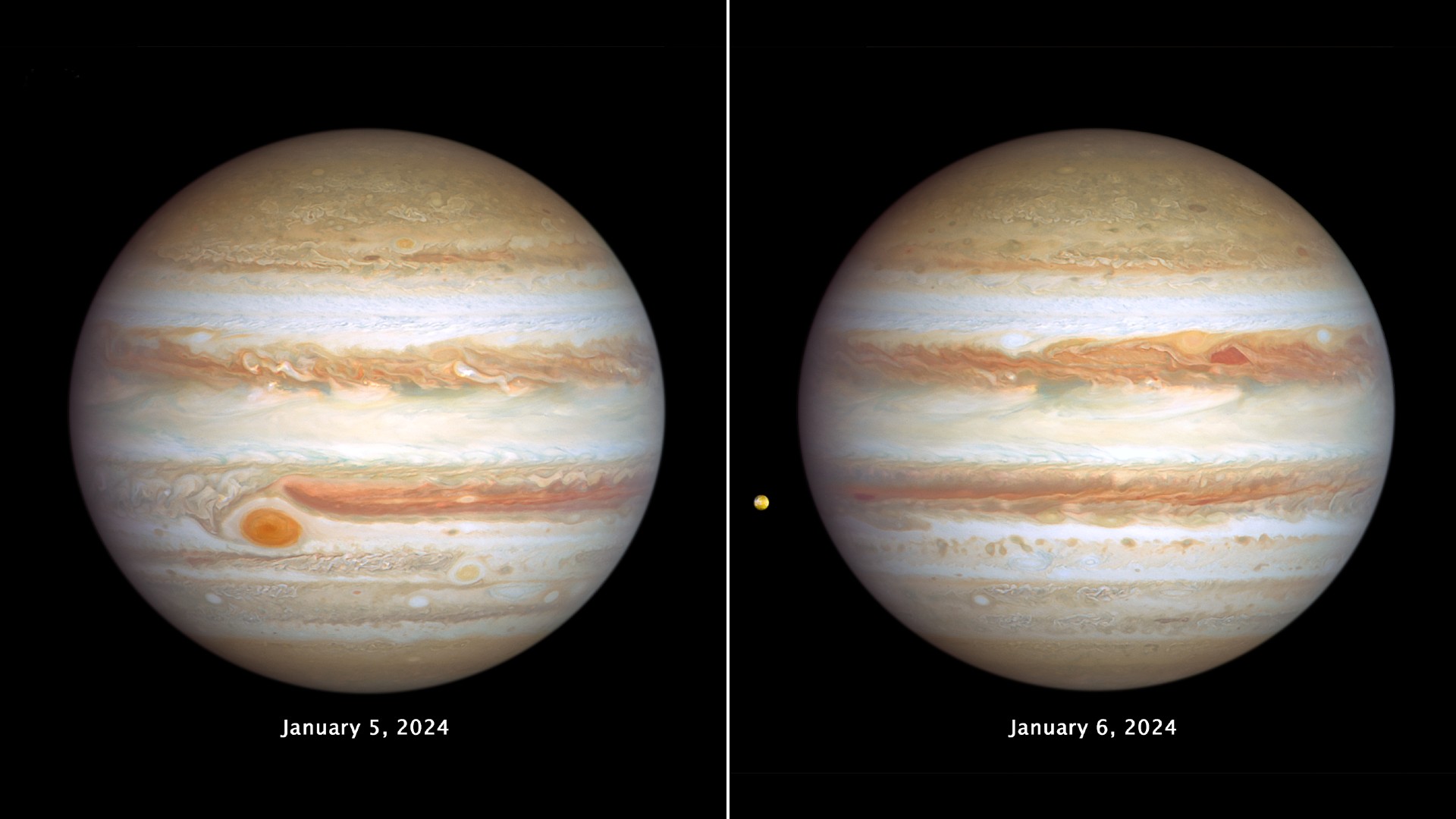
Hubble Telescope spies stormy weather and a shrinking Great Red Spot on Jupiter (video)
By Keith Cooper published
The Hubble Space Telescope's latest look at Jupiter finds writhing storms and a shrinking Great Red Spot.
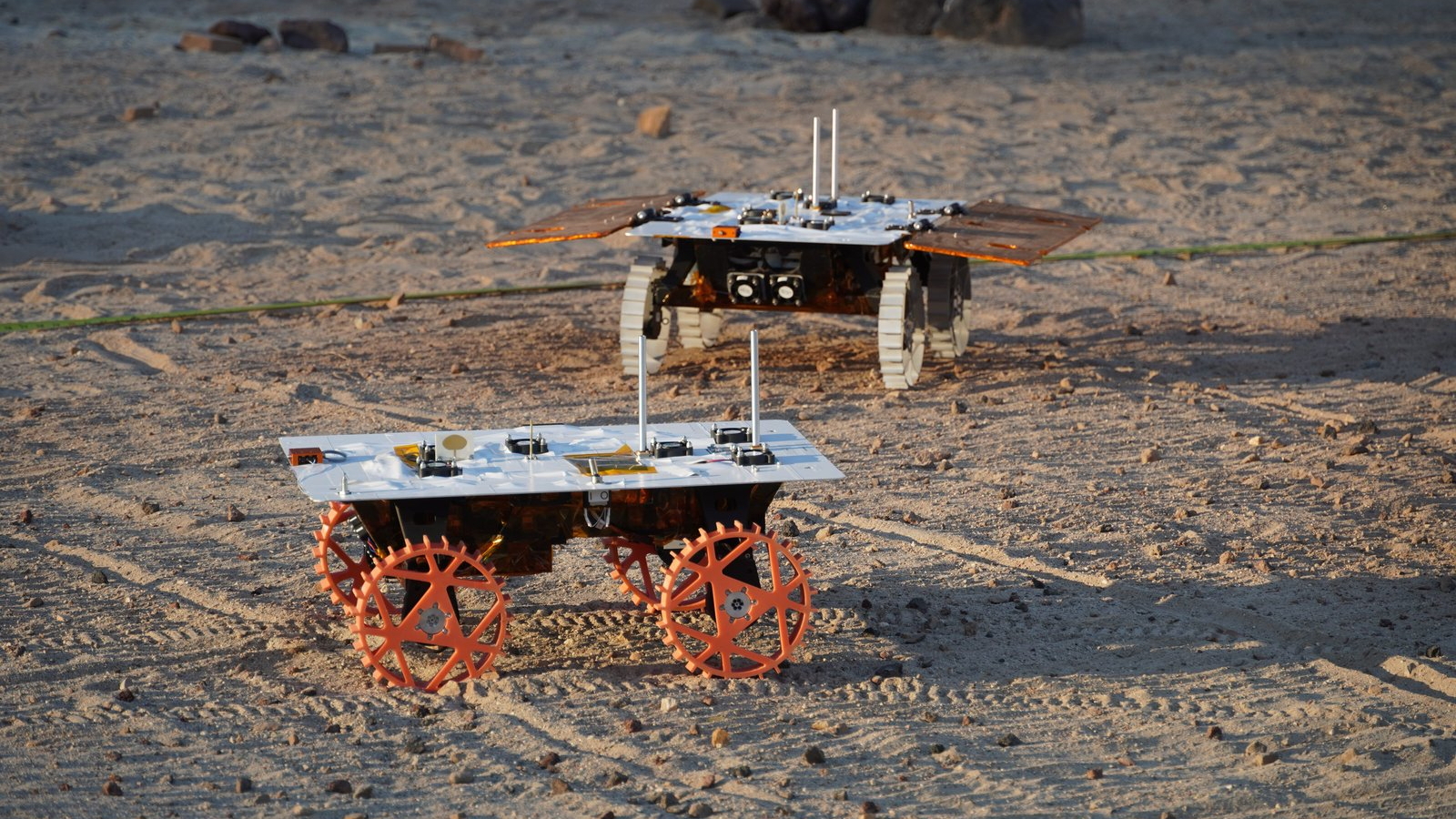
Trio of mini moon rovers pass key tests ahead of upcoming lunar launch (photos)
By Keith Cooper published
The CADRE rovers, destined for the next Intuitive Machines mission to the moon, are able to work together thanks to cooperative software.
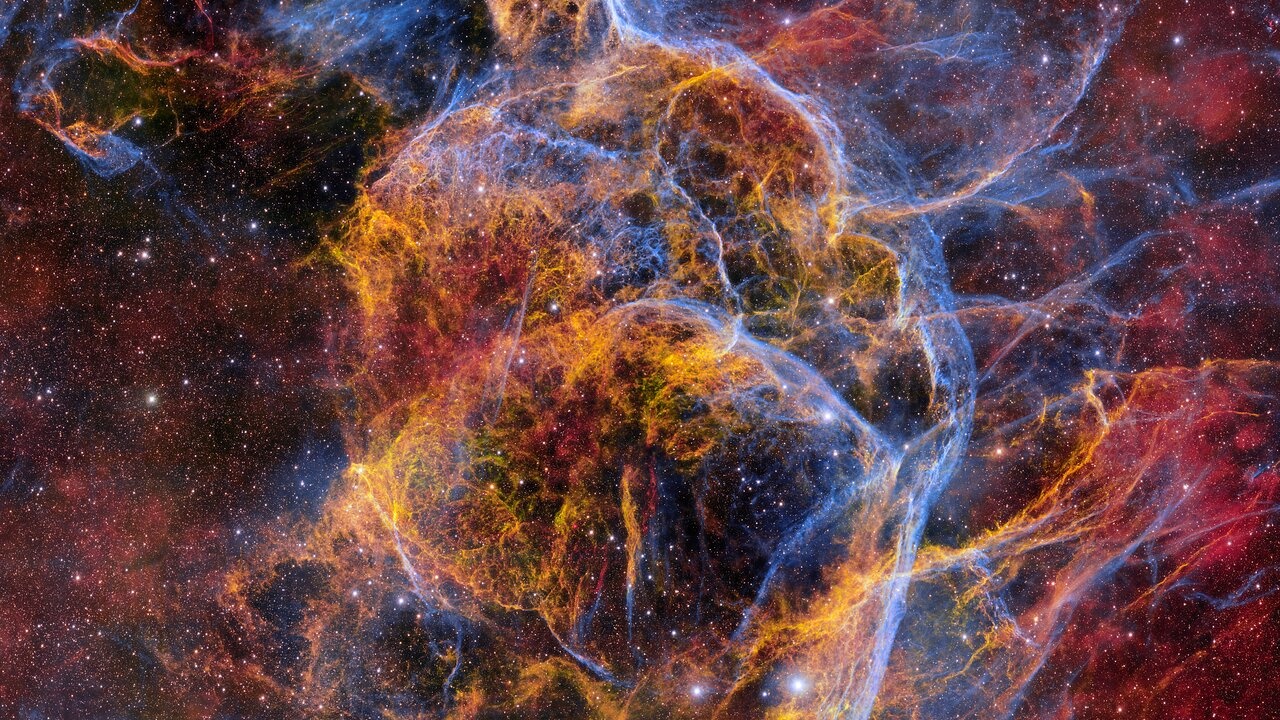
Dark Energy Camera captures record-breaking image of a dead star's scattered remains
By Keith Cooper published
The Vela supernova remnant looks breathtaking in this image from the powerful DECam, revealing intricacies in debris that resulted from the destruction of a massive star 11,000 years ago.
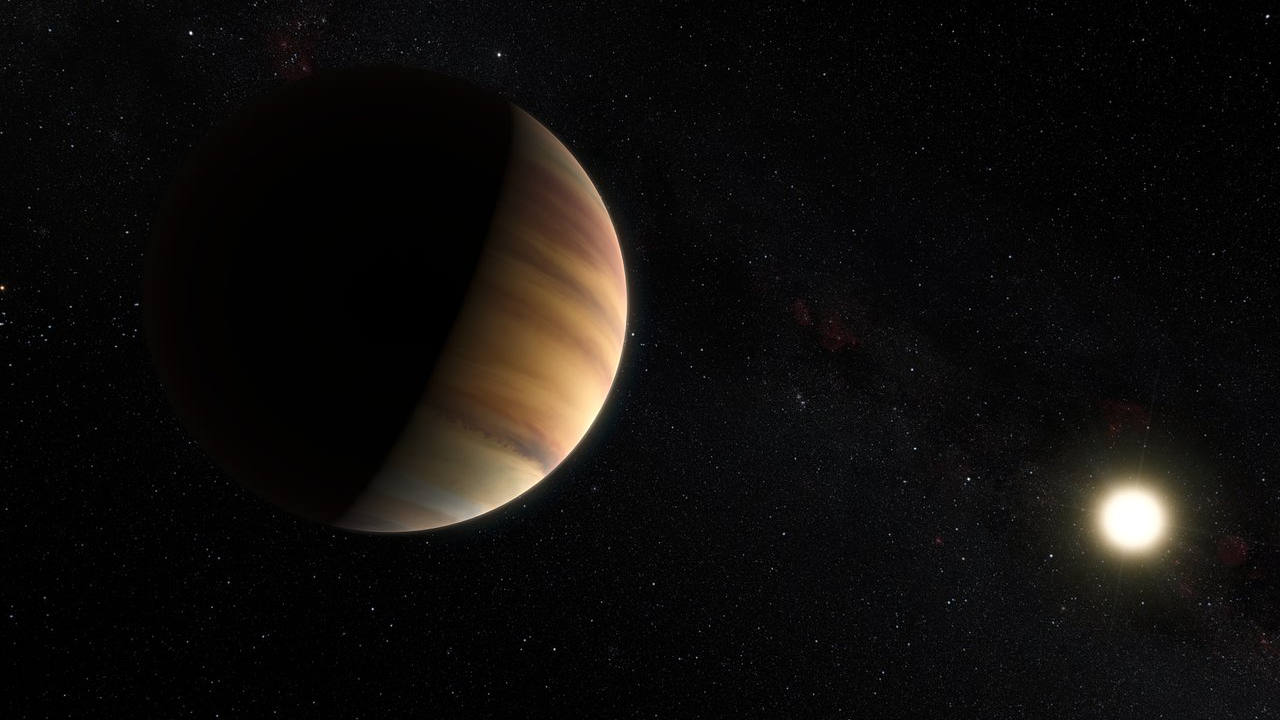
As scientists find real exoplanets, sci-fi writers change their vision of alien worlds
By Keith Cooper published
The discovery of the first exoplanets was a watershed moment for both science and science fiction, which has attempted to keep pace with scientific knowledge of other worlds.
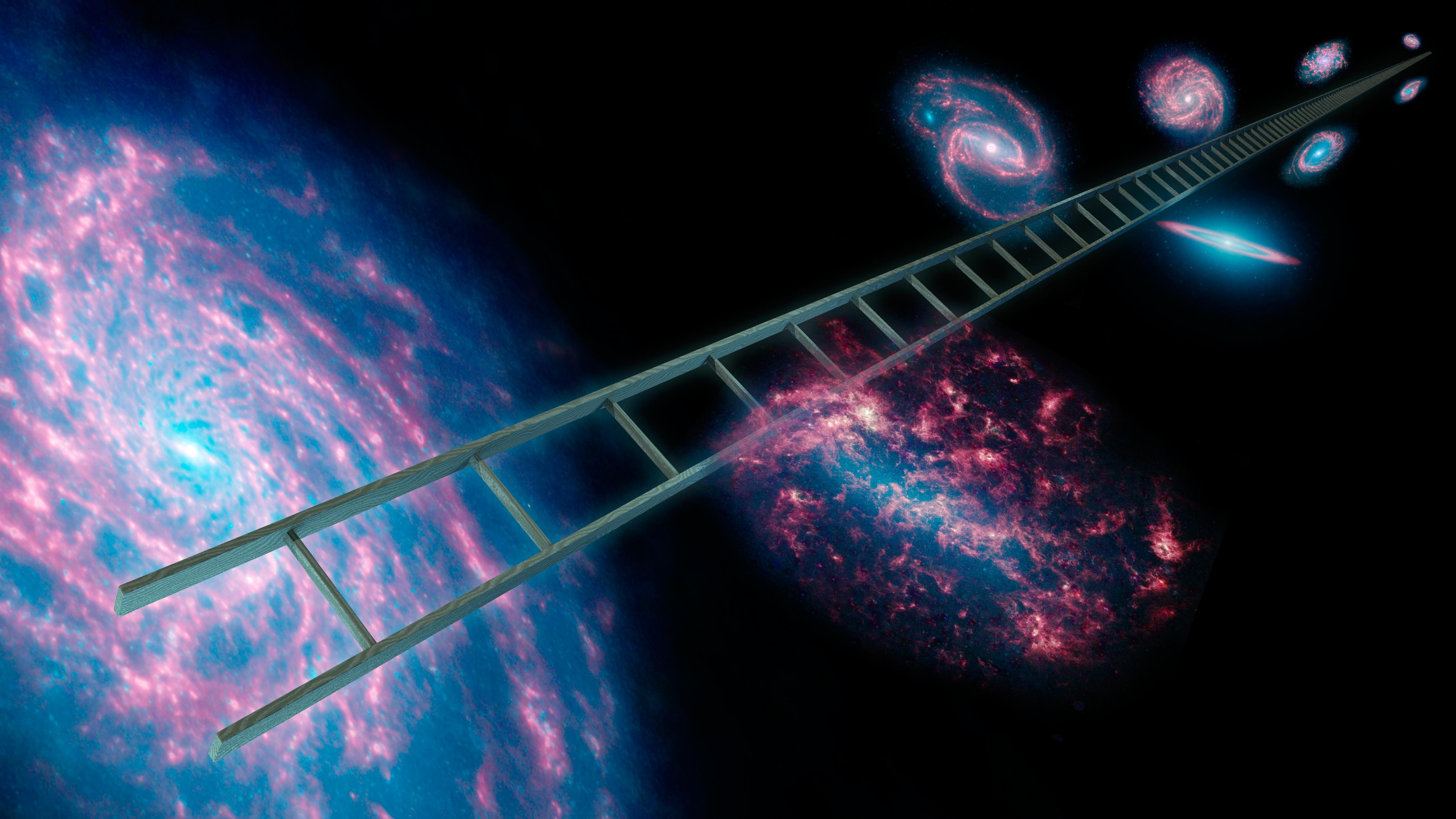
James Webb Space Telescope complicates expanding universe paradox by checking Hubble's work
By Keith Cooper published
The JWST's findings further scientists' conundrum of having different measurements of the expansion of the universe, which may require new physics to resolve.

Rare 11th-century star chart reveals complex history of Islamic, Jewish and Christian astronomy
By Keith Cooper published
The astrolabe dates from 11th-century Spain and has origins that are Islamic, Jewish and Christian.
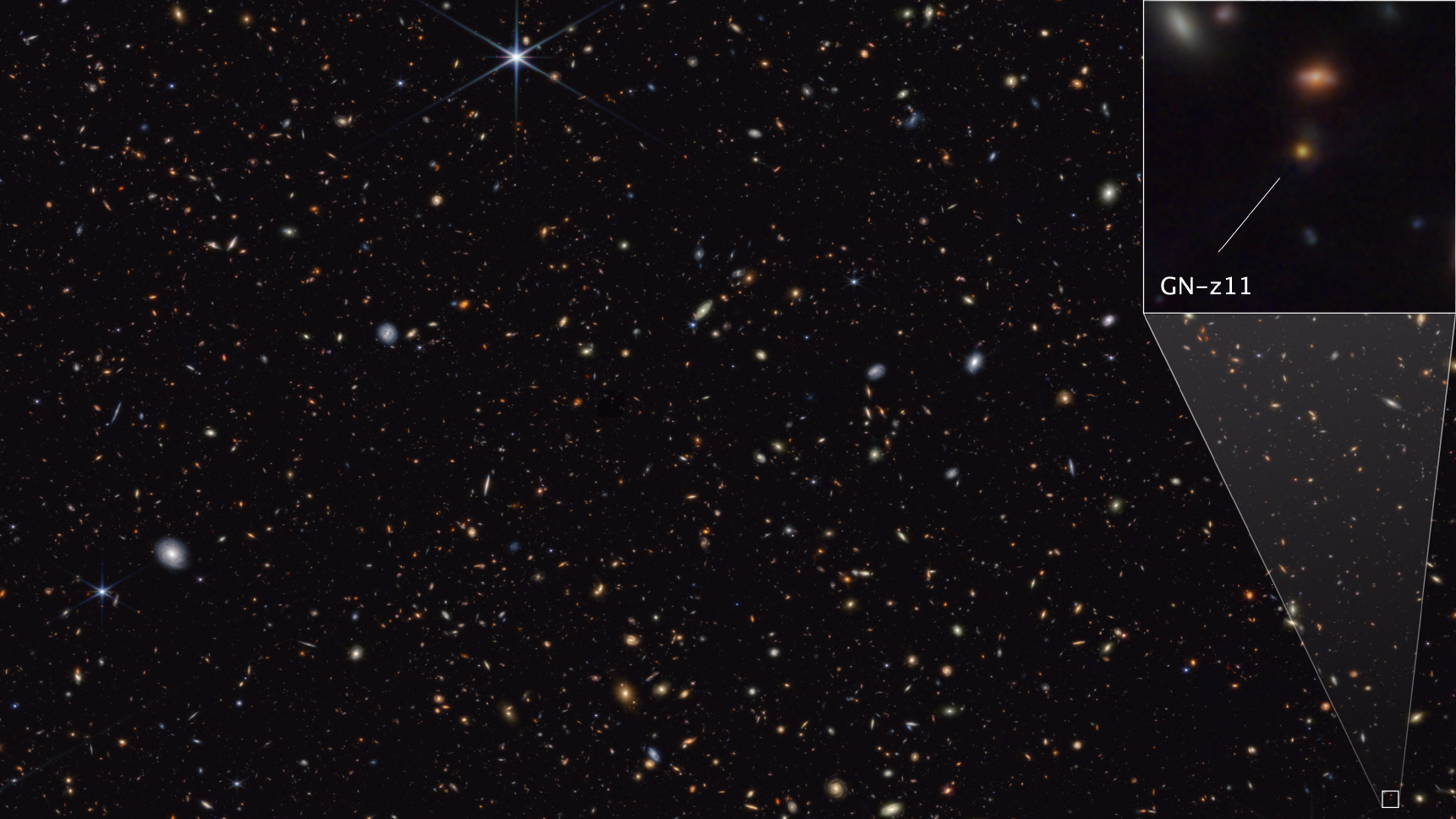
The James Webb Space Telescope may have found some of the very 1st stars
By Keith Cooper published
The hunt for the first stars, known as Population III stars, may be nearing an end as the James Webb Space Telescope spotted tantalizing evidence for them in one of the earliest galaxies known.
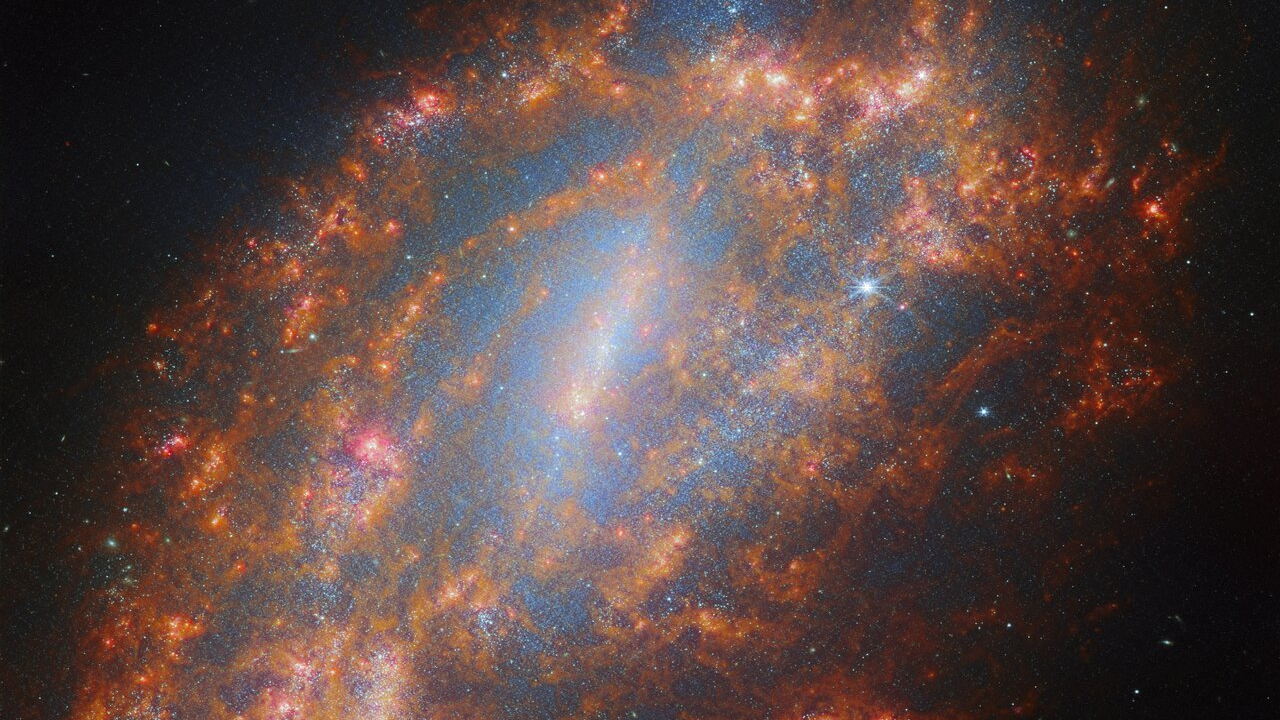
James Webb Space Telescope sees the infrared skeleton of a galaxy (image)
By Keith Cooper published
This pretty spiral galaxy is an important milestone for cosmologists seeking to understand the expansion of the universe.
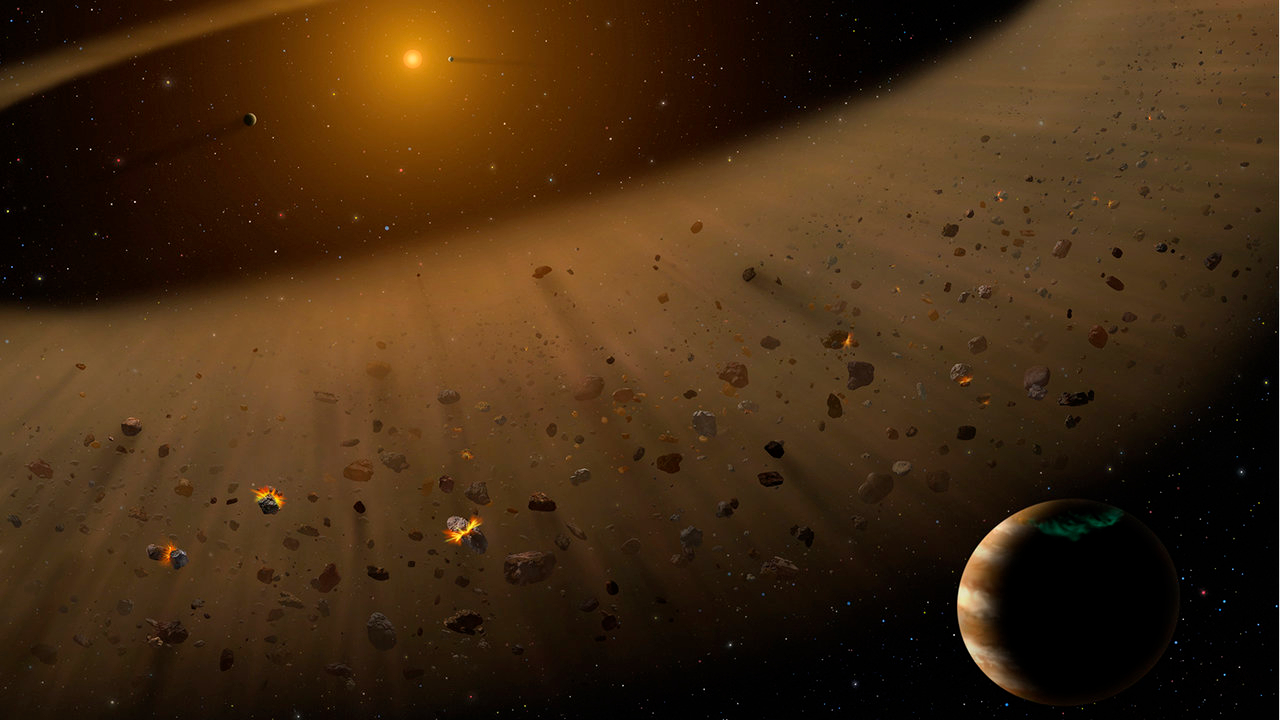
Our solar system map may need an update — the Kuiper belt could be way bigger
By Keith Cooper published
How a cosmic dust storm is helping New Horizons to redraw the map of the outer solar system.
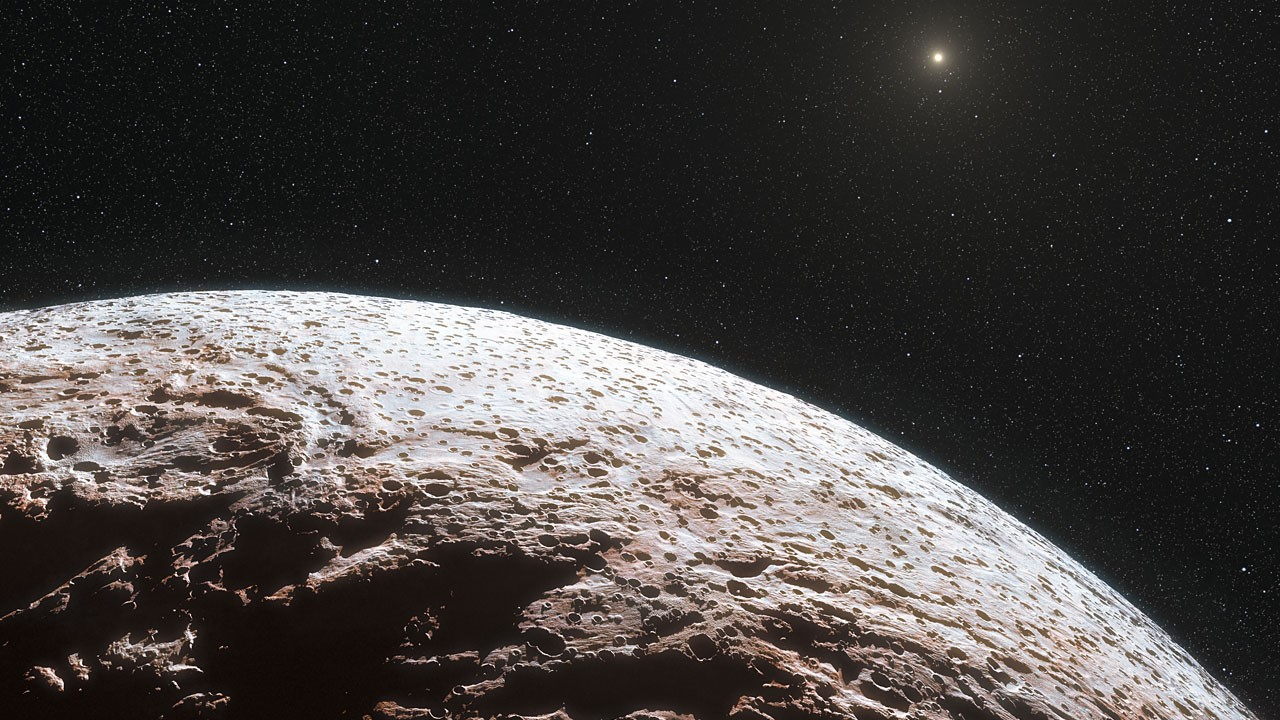
Scientists say 2 solar system dwarf planets may harbor underground oceans
By Keith Cooper published
Methane detected near dwarf planets Eris and Makemake could have come from within their interiors, produced by geochemical reactions amid hot rock.
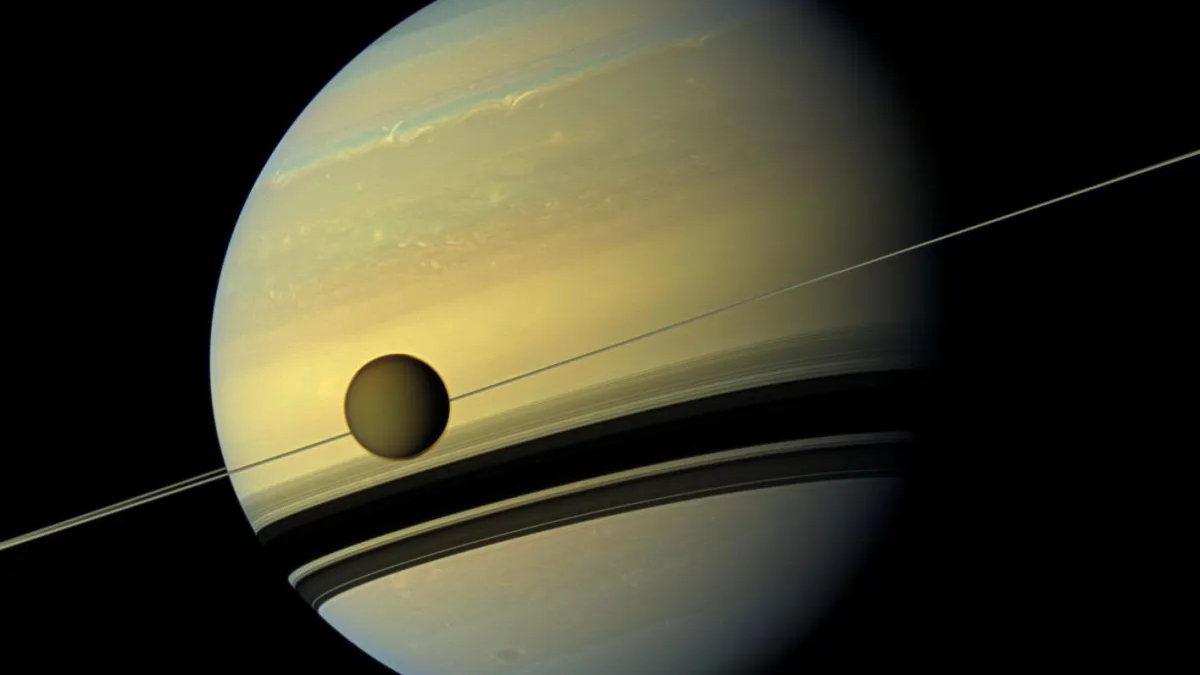
Saturn's ocean moon Titan may not be able to support life after all
By Keith Cooper published
Organic material on Saturn moon Titan's surface may have difficulty getting to the underground ocean. That's where it'd need to go for Titan to potentially support life.
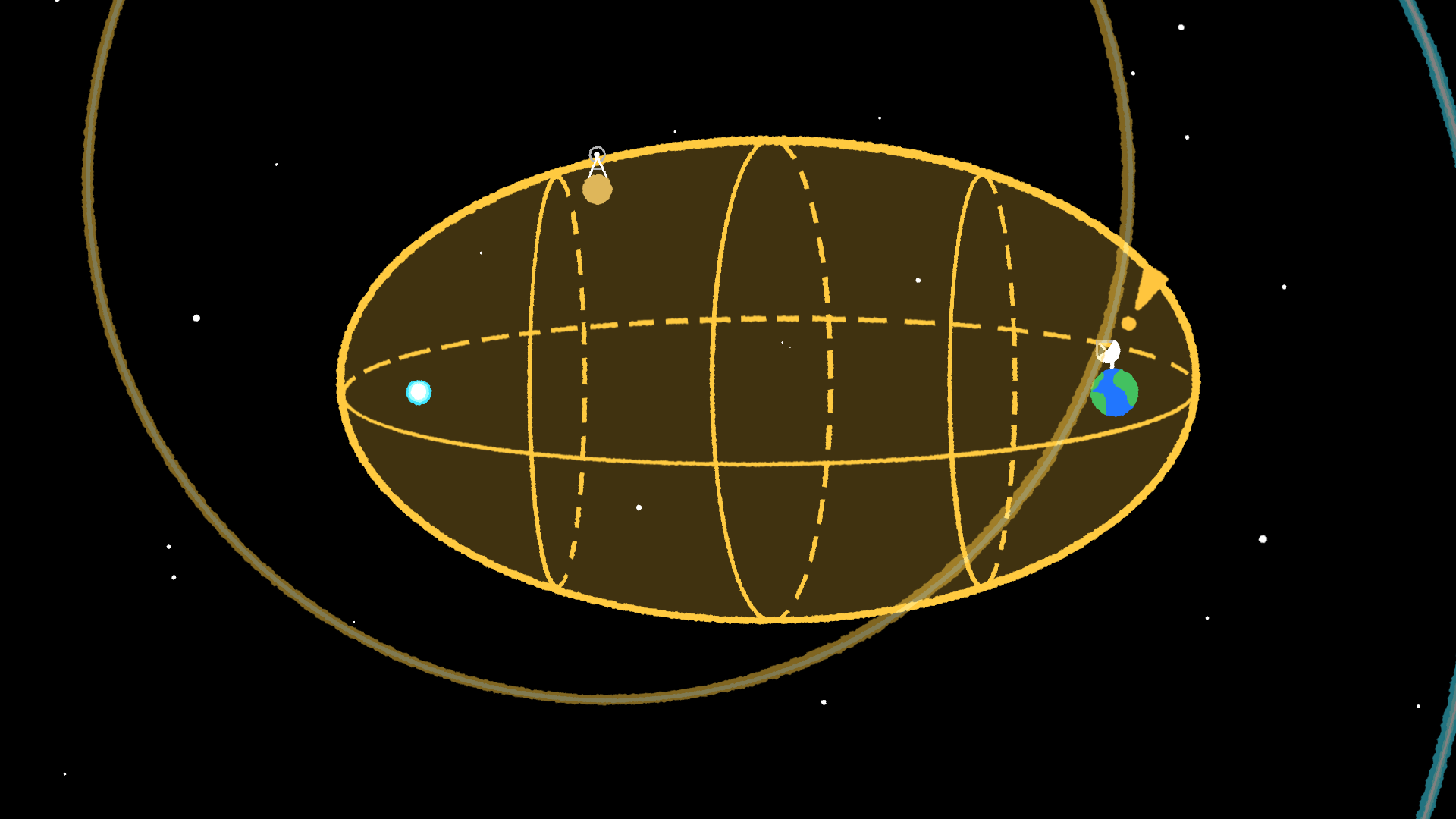
SETI searches for alien signals synchronized with supernova 1987A
By Keith Cooper published
Astronomers revitalize an old concept called the SETI Ellipsoid that incorporates supernovas in the search for extraterrestrial intelligence.
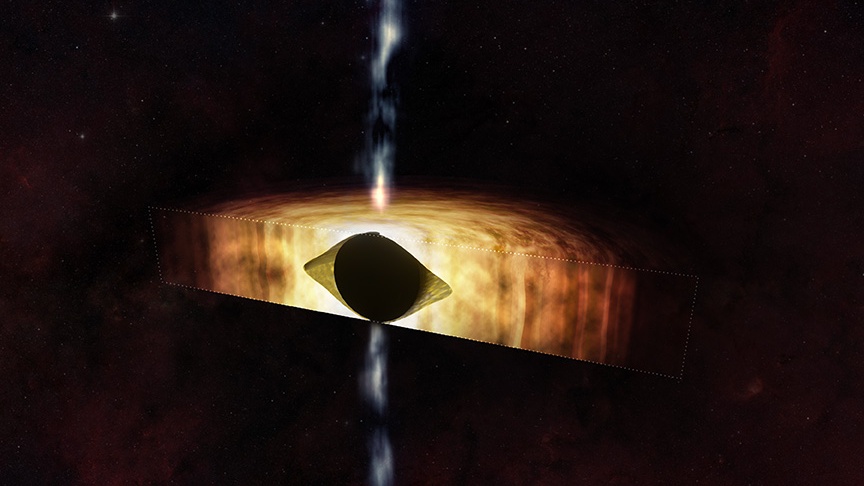
Cosmic Super Bowl? The Milky Way's black hole is shaping spacetime into a football
By Keith Cooper published
As predicted by general relativity, the rapid spin of our galaxy's 4.1-million-solar-mass black hole is able to warp the fabric of spacetime.
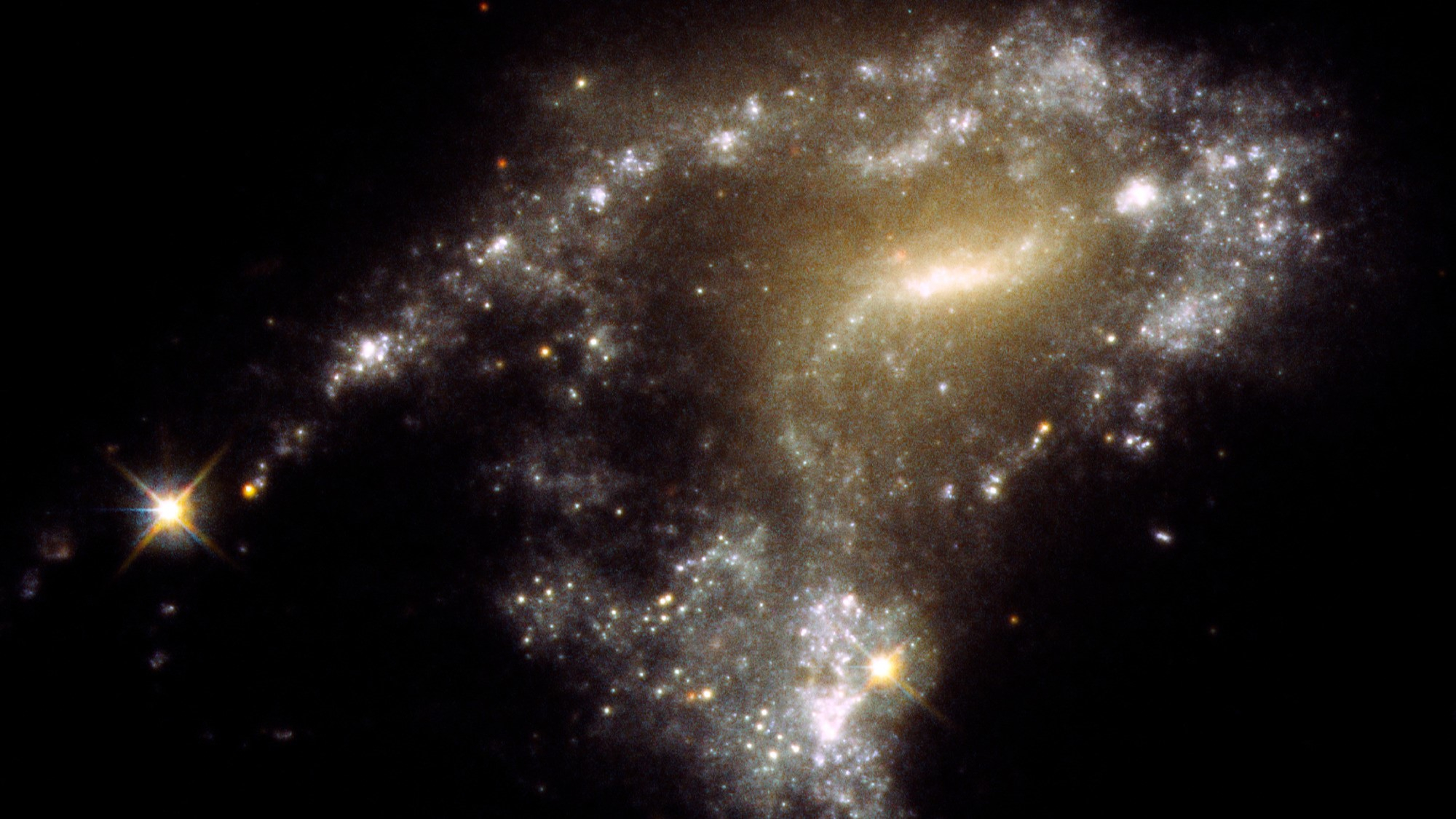
Hubble Space Telescope tells a starry 'tail' of 12 mingling galaxies
By Keith Cooper published
The observations offer a window into the past to better understand how globular clusters may have formed.
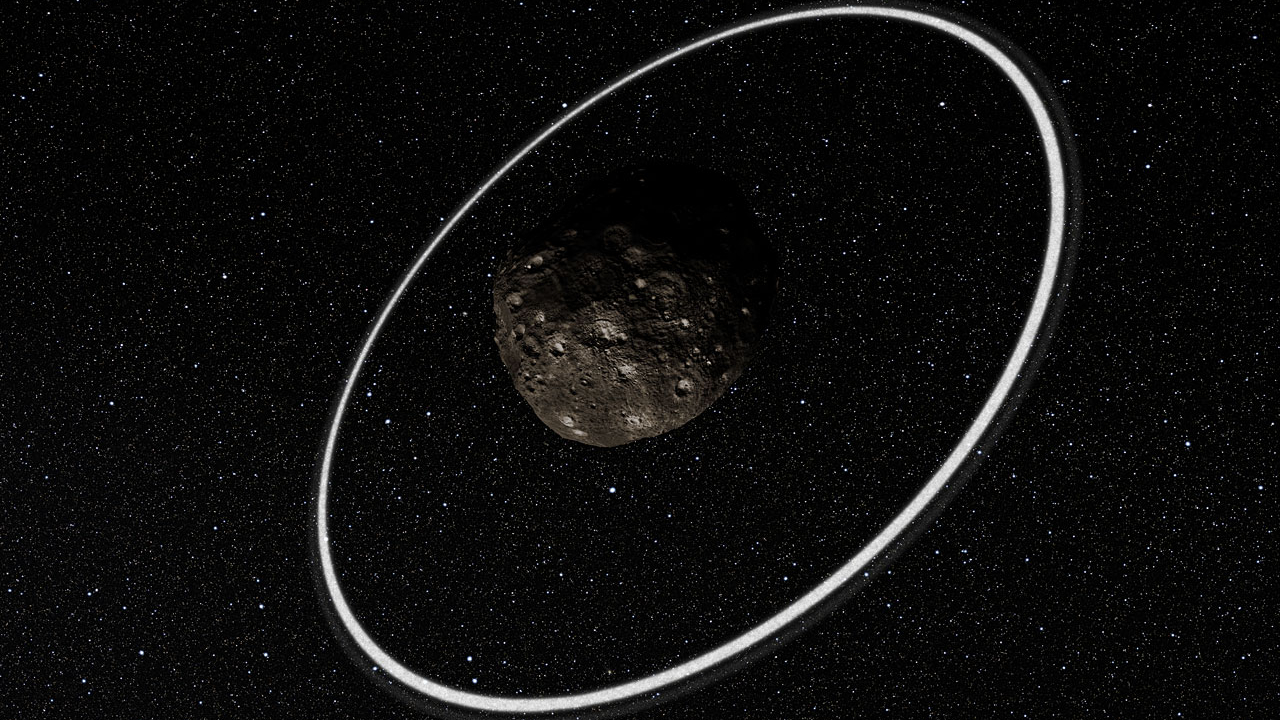
Hidden moon may hold together rings of strange comet-like object between Jupiter and Neptune
By Keith Cooper published
A little moonlet, too small to be seen from Earth, could be playing cosmic sheepdog by shaping the thin rings around the distant minor planet Chariklo, according to new computer simulations.
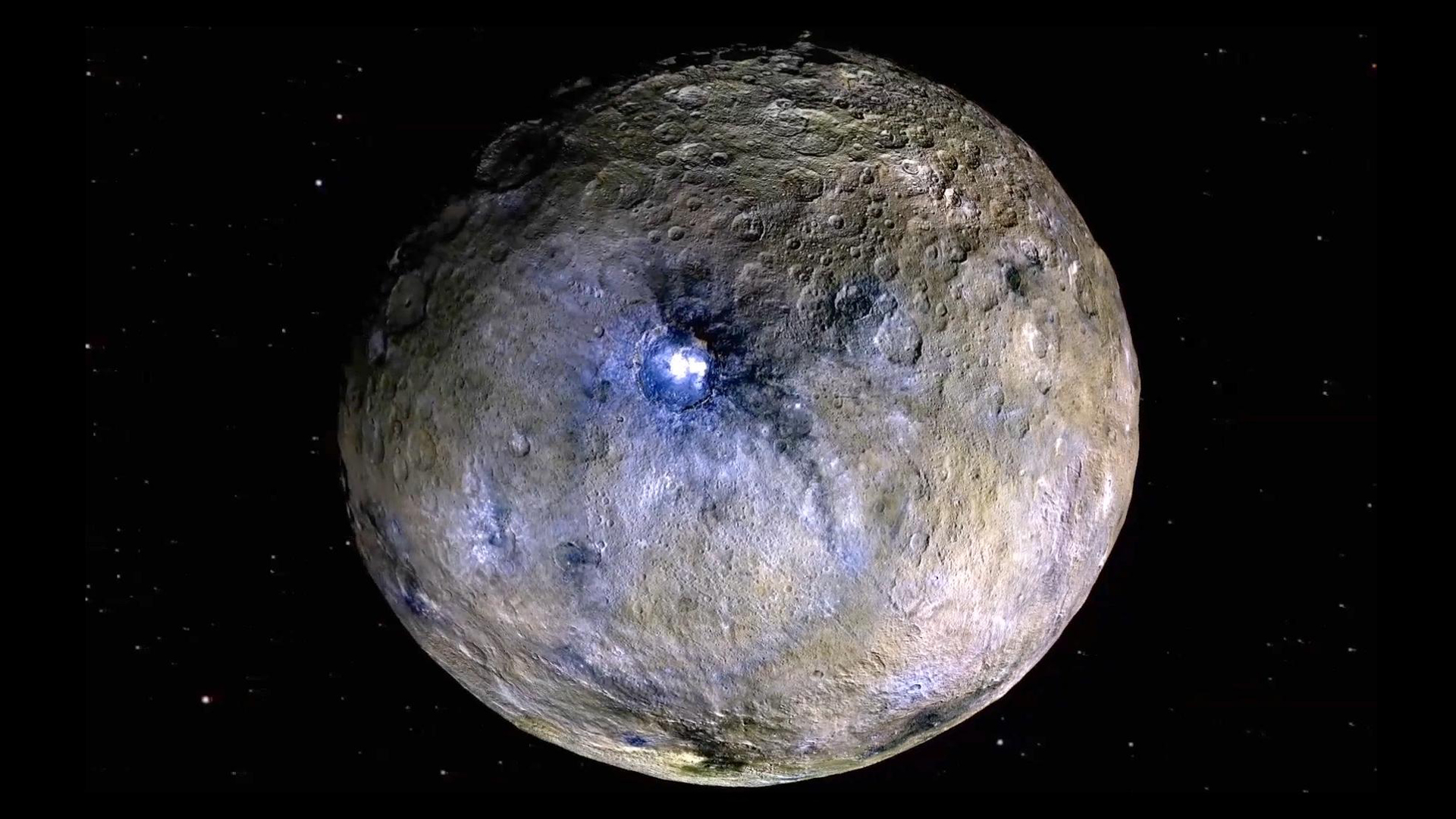
Ceres: The closest dwarf planet to Earth
By Keith Cooper last updated
Reference Learn all about the dwarf planet Ceres, including its discovery, location, composition and the Dawn mission.
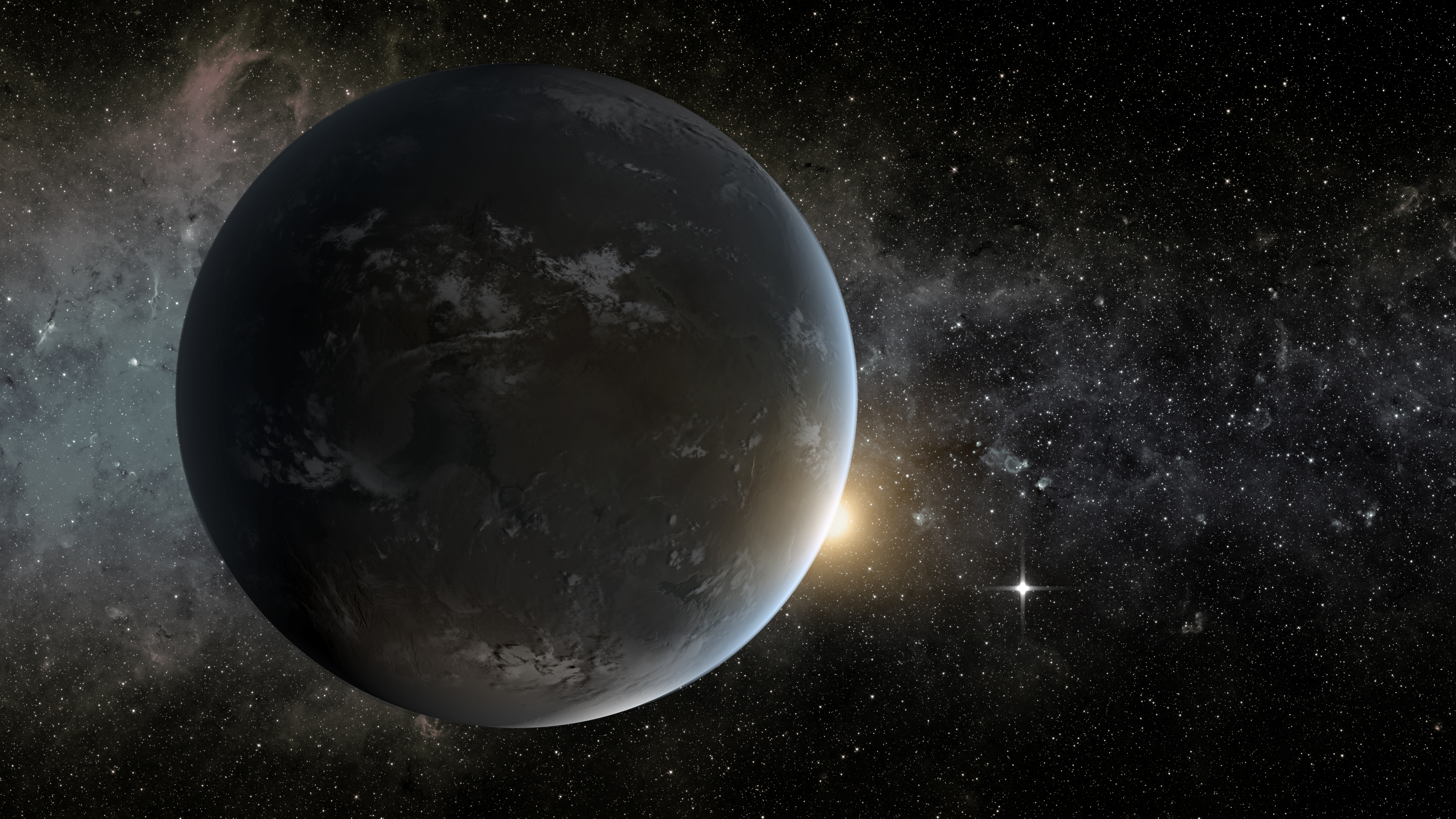
Which telescope will be 1st to find alien life? Scientists have some ideas
By Keith Cooper published
Tests suggest the European Extremely Large Telescope will be able to detect crucial biosignatures on other worlds.
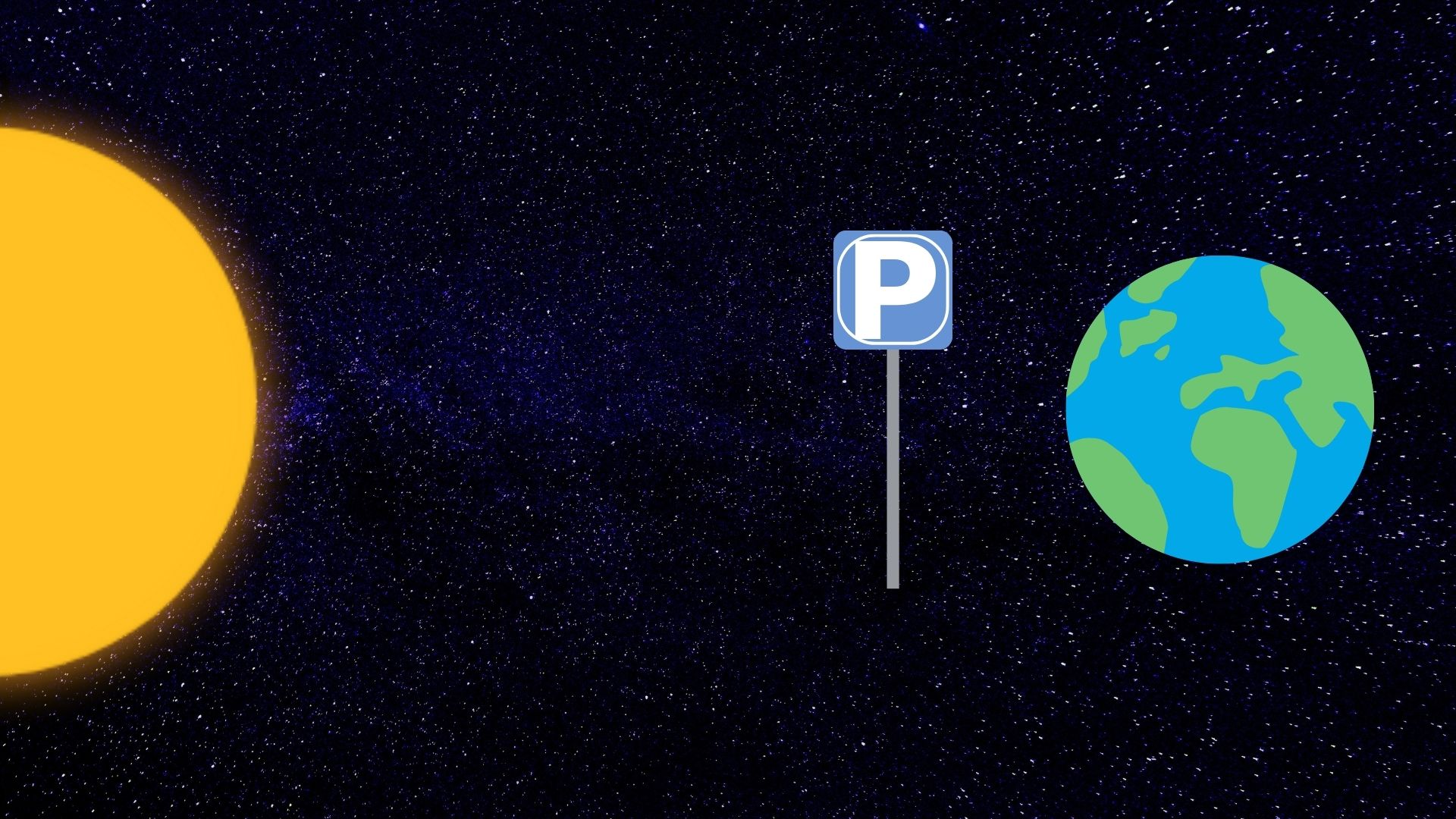
What are Lagrange points?
By Keith Cooper last updated
Reference Find out who discovered the Lagrange points, how space agencies use them and the asteroids that accumulate at them.
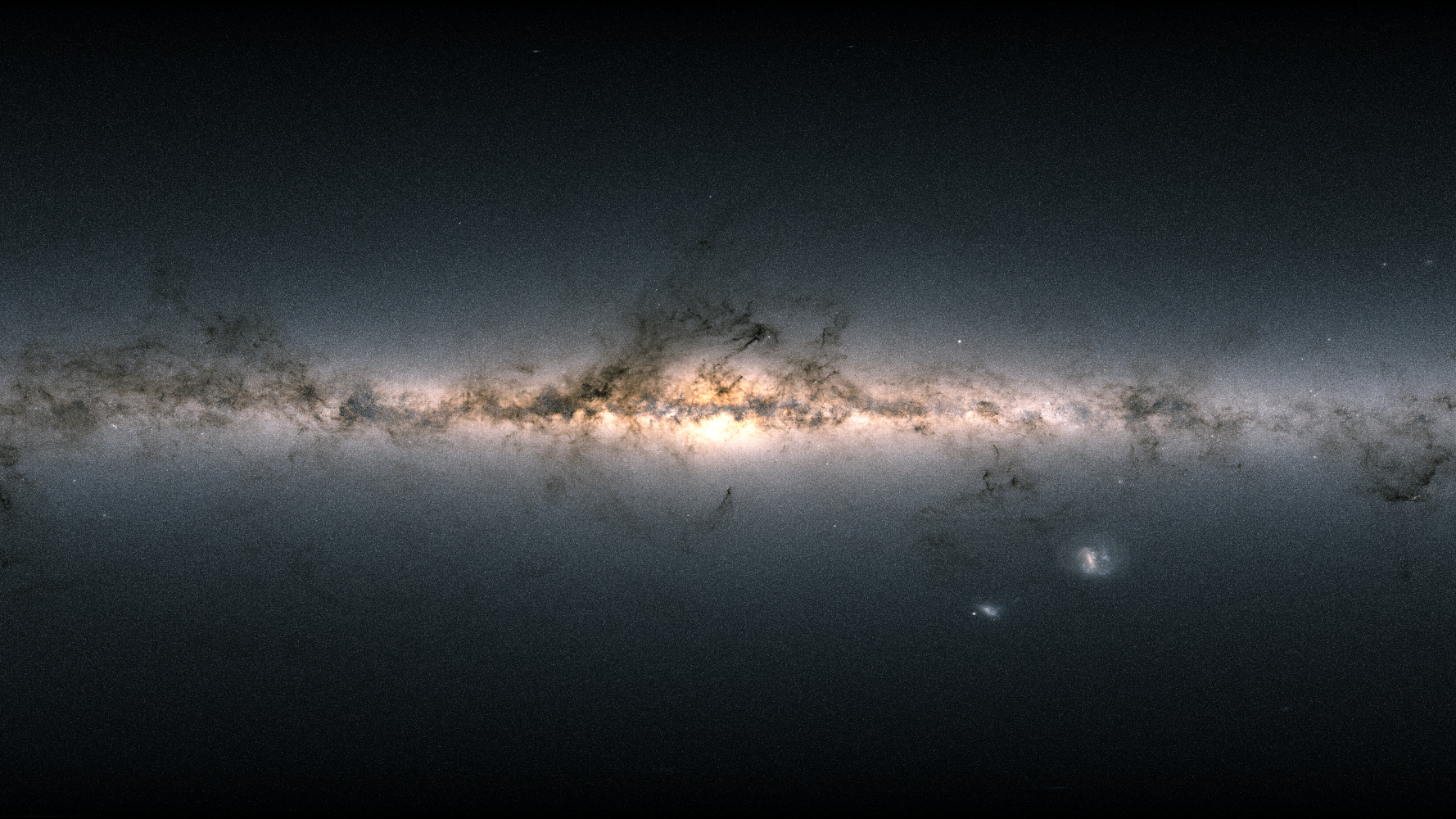
Something 'fishy' is happening with the Milky Way's dark matter halo
By Keith Cooper published
Stars around the outskirts of our galaxy may hint at a secret about the Milky Way's dark matter.
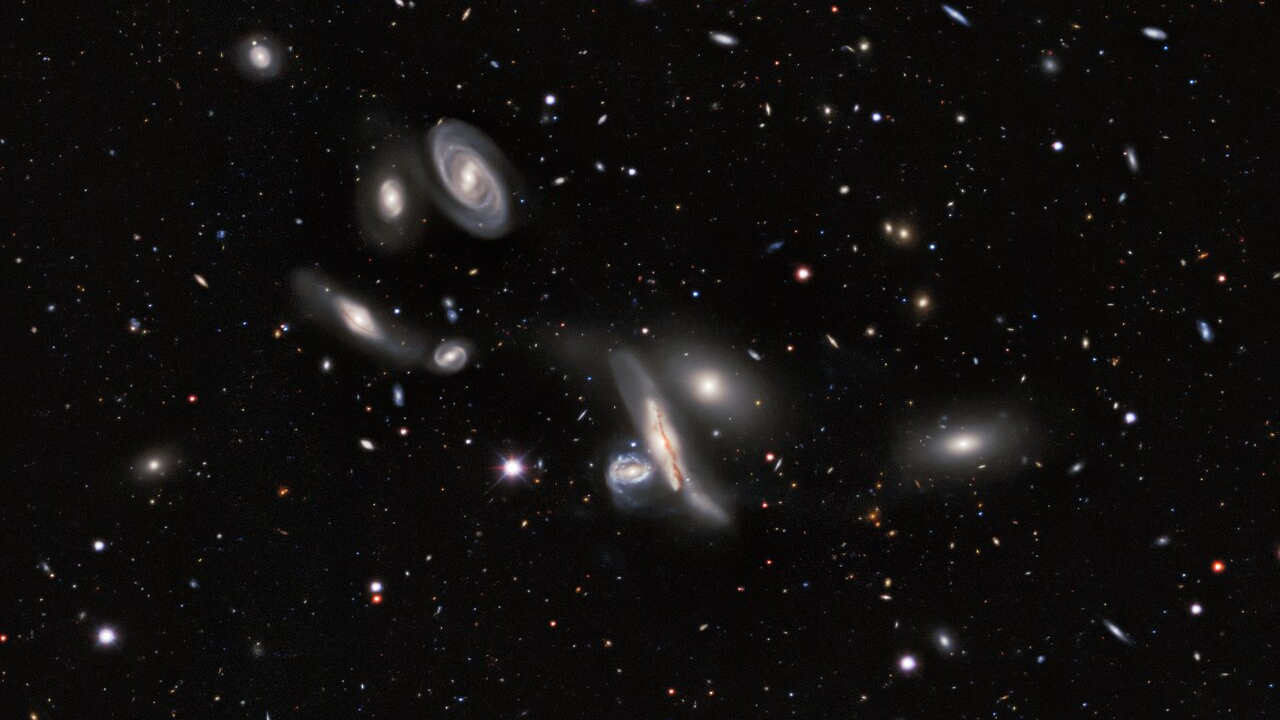
The universe might be younger than we think, galaxies' motion suggests
By Keith Cooper published
The motions of satellites in galaxy groups tell us that such groupings, and therefore possibly the universe, are younger than what standard cosmology tells us.
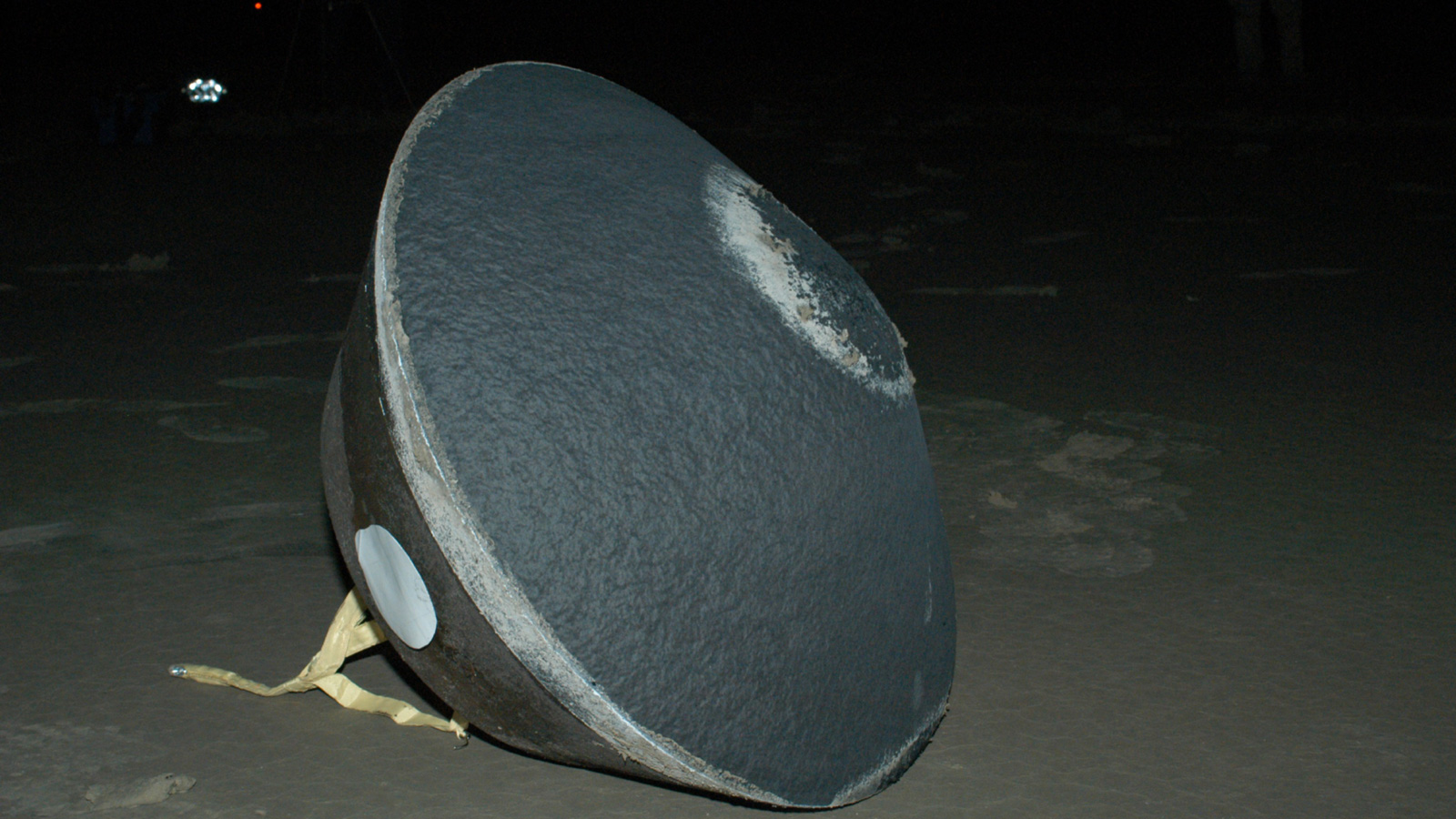
It's been a 'wild' ride for the comet sampled by NASA's Stardust mission
By Keith Cooper published
Comet Wild 2 formed 4.5 billion years ago and is a relic of the birth of the solar system. In 2006, NASA brought pieces of it down to Earth.
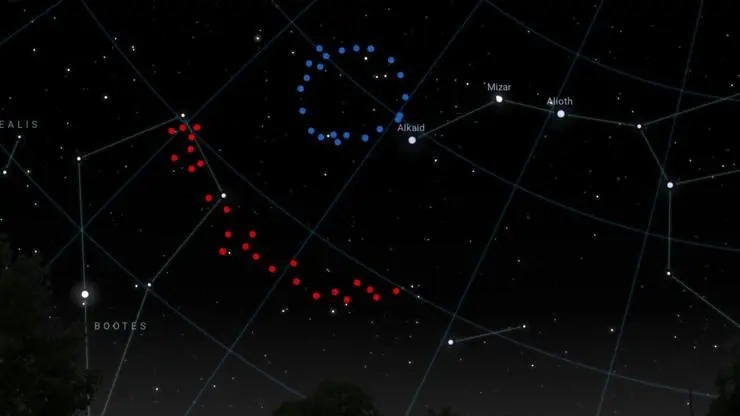
An impossibly huge ring of galaxies might lead us to new physics. Here's how
By Keith Cooper published
This galactic superstructure appears to us as it was over 9 billion years ago.
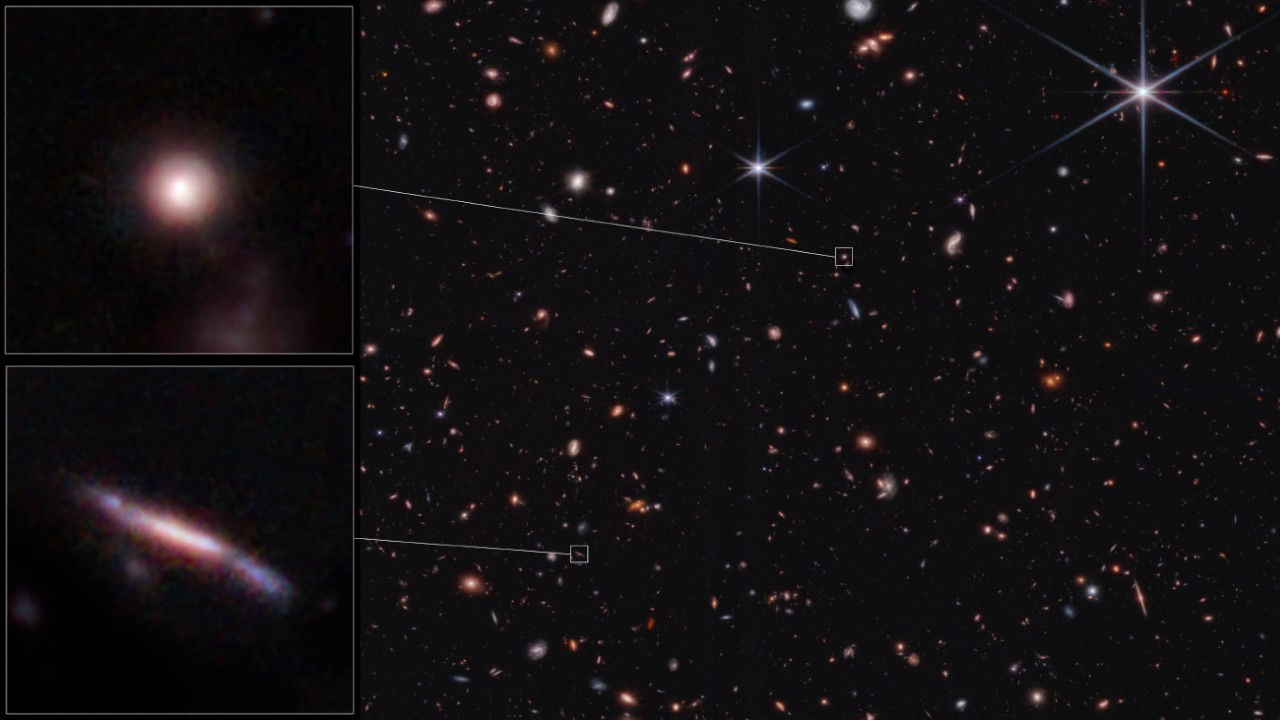
Early galaxies were shaped like surfboards and pool noodles, James Webb Space Telescope finds
By Keith Cooper published
Young galaxies in the early universe adopted elongated shapes as they formed along filaments of the cosmic web, before evolving into more disc-like galaxies.
Get the Space.com Newsletter
Breaking space news, the latest updates on rocket launches, skywatching events and more!
